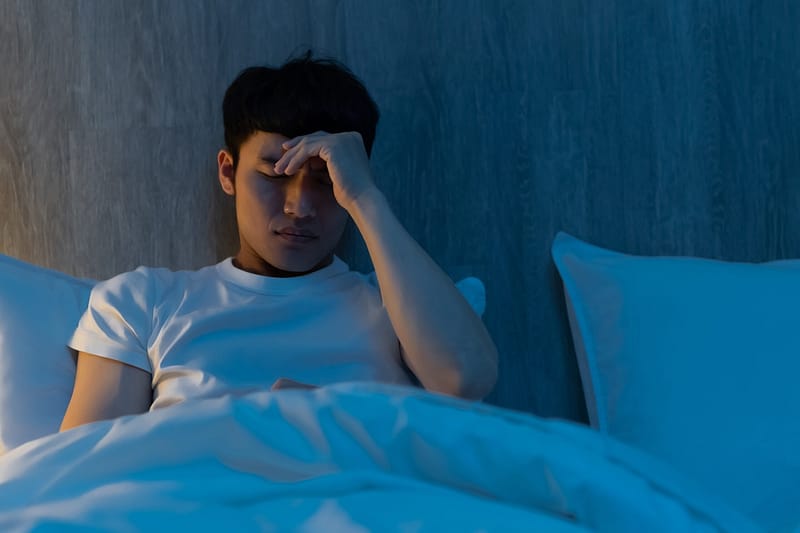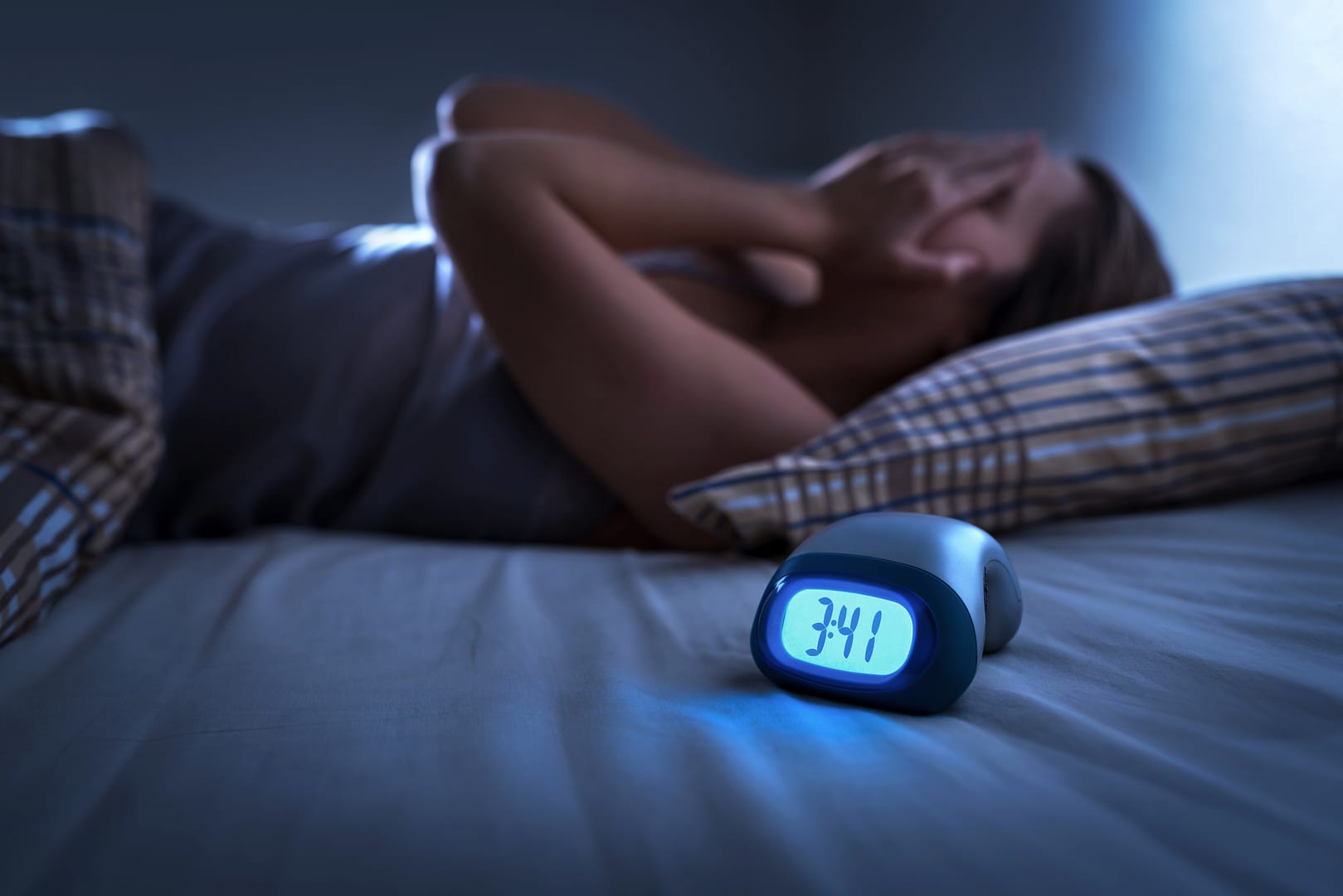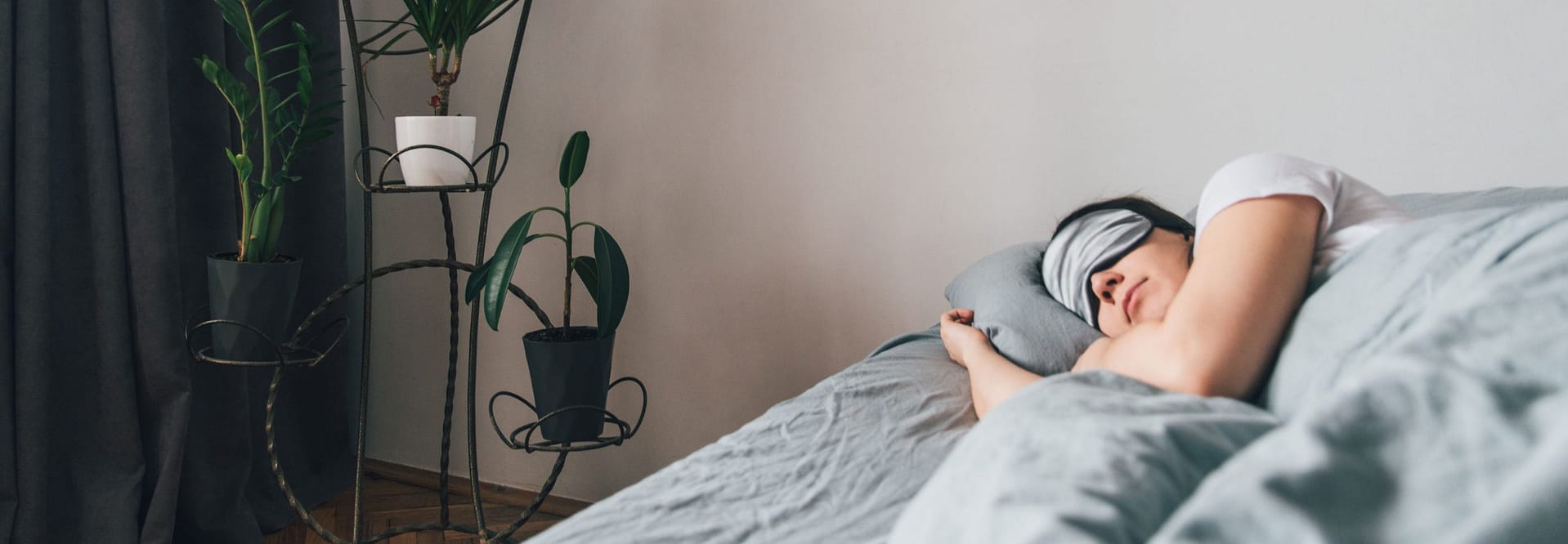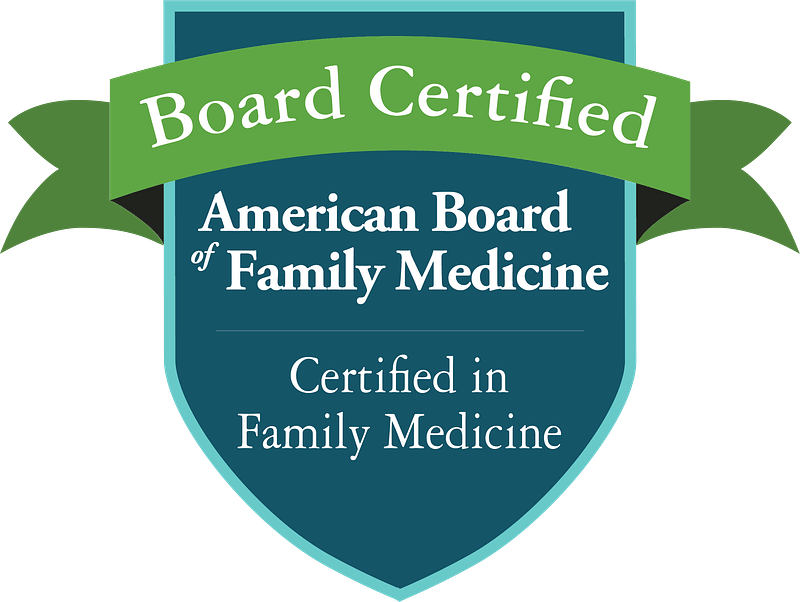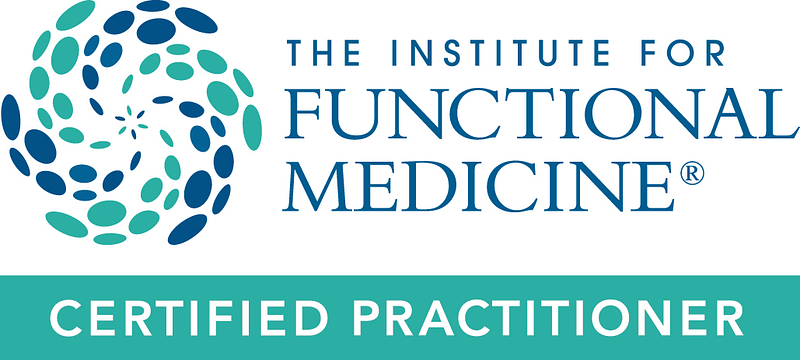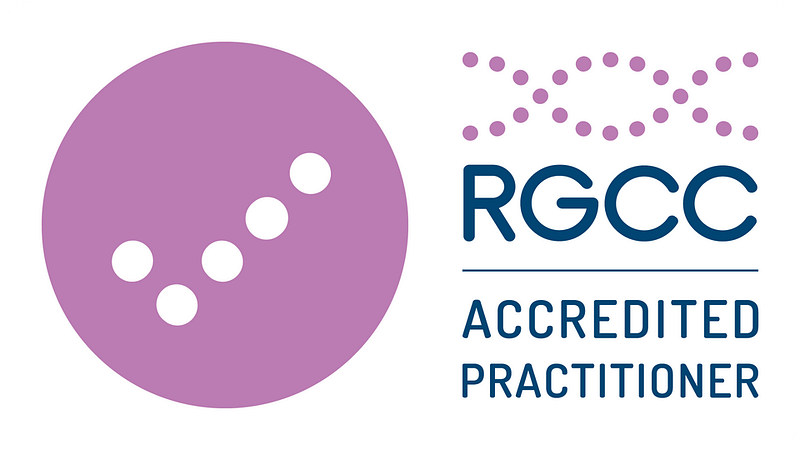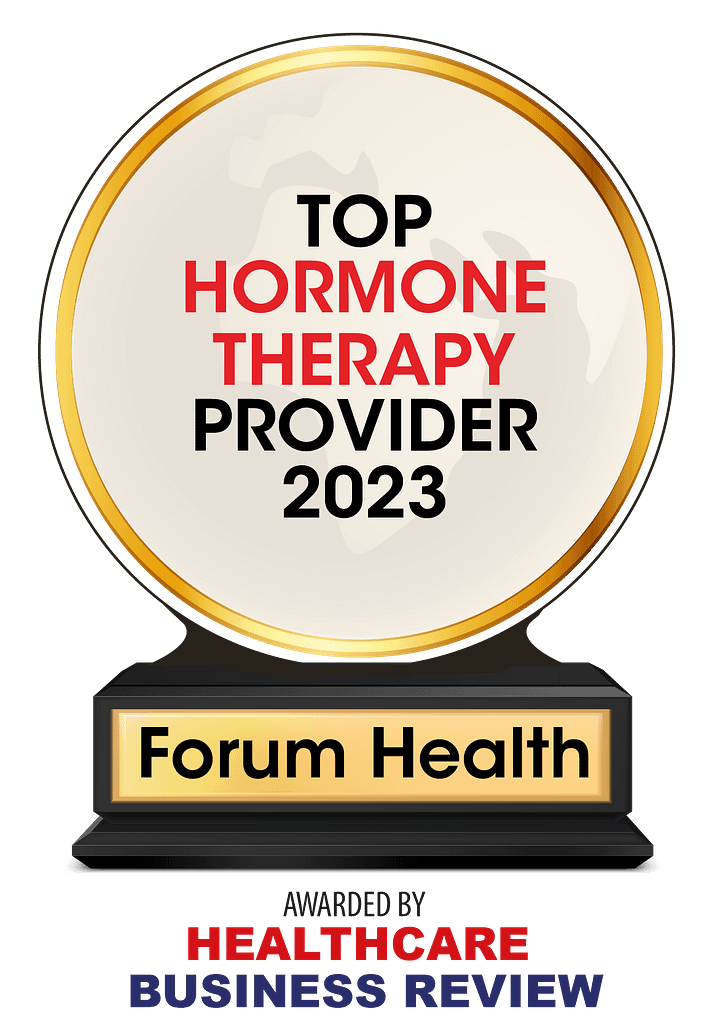Sleepless in America
Americans spend 25 percent less time sleeping than they did 100 years ago and have added one month to their average annual commute or work time in the last 25 years. For these and several other reasons including the availability of artificial lighting, 24/7 television and Internet access, shift work, working more than one job, emotional stress, workaholism, hormonal imbalances, and the use of drugs, cigarette smoking, caffeine, and alcohol, many Americans are accumulating a sleep debt that they are ill-equipped to pay back. Add airway obstruction to this imposing list and the deck is stacked against getting a good night’s sleep.
Sleep Apnea/Hypopnea
The Greek word “apnea” translates to “without breath,” and is defined as a reduction of air flow greater than 80 percent of baseline. Hypopnea is shallow breathing that reduces air flow to 50– 80 percent of baseline.
The two major types of sleep apnea/hypopnea are central (due to lack of effort to breathe, often from a stroke or brain trauma) and obstructive (due to collapse of the throat tissues into the airway). Of the two types, obstructive Sleep Apnea (OSA) is far more common.
Clinically significant OSA is defined as five or more events/hour of 10-seconds or longer cessation of breathing during sleep that is accompanied by a greater than three percent decrease in oxygen saturation or a neurological arousal (when high carbon dioxide or low oxygen levels alert the brain to briefly awaken a person to restore breathing). Five to 15 apnea/hypopnea events/hour is rated as mild, 15 to 30 events/hour is moderate, and more than 30 events/hour is severe.
People afflicted with OSA often have no memory of their frequent, momentary awakenings during sleep and may also be genuinely unaware of the severity of their breathing difficulties for years or even decades, and may think they “just snore.”
Who’s at Risk
An estimated 12 million Americans suffer from OSA, and many of them are untreated. Risk factors for developing OSA include being male and older than 40, smoking cigarettes, and having a short, thick neck, large tongue, receding jaw, and obesity. Additionally, the use of alcohol and drugs that contribute to muscle relaxation contribute to OSA. The incidence of OSA in post-menopausal women approaches that of men in the same age group.
Health Problems Associated with OSA
Health problems/symptoms associated with chronic suboptimal tissue levels of oxygen from OSA include feeling on waking as if one hasn’t slept, high blood pressure, memory problems, heart disease, stroke, esophageal reflux, difficulty concentrating, irritability, decreased libido, impotence, heavy sweating at night, self-reporting a poor quality of life, weight gain, severe daytime fatigue and sleepiness, morning headaches, seizures, heart arrhythmias, adrenal stress (from prolonged physiological stress of struggling to breathe), and death.
Sleep deprivation (which is largely due to the interruptions of deep, restorative REM sleep that is an absolute requirement for normal daytime functioning) can result in difficulty with both relationships and job performance.
Driving Drowsy vs. Driving Drunk
Accurate statistics on the impact of driving while drowsy are difficult to obtain in part because there is no roadside reliable test for fatigue as there is for alcohol intoxication and because people in motor vehicle accidents may not be forthcoming about their level of fatigue. A conservatively estimated 100,000 accidents dur to driving while drowsy result in 71,000 injuries and 1,500 deaths annually in the United States.
A Stanford University study of 113 people with sleep apnea and 80 volunteer control subjects examined the dangers of driving while drowsy.
Following baseline testing of reaction time for both groups, the 80 volunteers were tested three more times while drinking 80-proof alcohol and again afterwards.
On the first follow-up testing, the sleep apnea subjects scored worse on all seven measurements of reaction time than the 80 volunteer drinkers. The sleep apnea patients performed worse on three out of seven tests when compared to those volunteers who tested legally drunk.
Most people overestimate their ability to override their need for sleep by using sheer willpower when they are behind the wheel. Falling asleep at the wheel for even a split second, particularly at higher speeds, can result in tragedy.
Two Cases of Airway Obstruction
Case # 1 A man whose airway is obstructed from choking on food in public is likely to be the recipient of a Heimlich maneuver by a trained good Samaritan coming to his aid to help expel the food obstructing his airway.
Case # 2 A man whose airway is obstructed from his own tissues collapsing into his airway while sleeping at home in his own bedroom is not likely to have his airway obstruction relieved by a well-intended bystander. He is left struggling to breathe and often remains oblivious to the serious nature of his malady.
No Laughing Matter
The use of sleep deprivation as a tactic to coerce prisoners of war to reveal information is considered cruel and is banned internationally. Sleep deprivation that results from airway obstruction during sleep, however, is often mentioned only in humor or for the fact that it’s disruptive to people in the same household. Sleep deprivation can affect the health of an entire family and is no laughing matter.
In-Home Testing for OSA
Watch-PAT100 provides screening, diagnosis and assessment of sleep-related breathing disorders.
Watch-PAT (Peripheral Arterial Tone) provides an in-home, reliable, unattended, affordable, user-friendly, evaluation that is accessible to OSA sufferers. It offers a single button operation and allows patients to sleep in their own beds at home during testing, without the stress of being observed by a stranger in the unfamiliar environment of a clinical sleep lab. Watch-PAT100 also provides a cost-effective ongoing monitoring of the effectiveness of OSA therapies.
The Watch-PAT unit weighs in at a mere 3 ounces, and it is velcroed to a comfortable glove/sleeve worn on the wrist and forearm of the non-dominant hand just before the person being studied goes to bed. Two non-invasive probes are attached to the fingertips to measure the PAT signal, pulse rate, sleep/wake cycles, body movements, and oxygen saturation.
The recorded signals are stored in a removable memory card in the device and are downloaded for computerized analysis of the data after the testing is completed.
Comparative studies have revealed a 90 percent correlation between Watch-PAT results and those of sleep lab testing (polysomnology).
Treatment
Treatment for OSA varies based on an individual’s medical history, the severity of OSA, and the cause of airway obstruction.
Treatments include lifestyle changes such as losing weight, stopping smoking, avoiding sleeping on one’s back, and evaluating the use of drugs which contribute to airway obstruction.
A variety of surgical procedures are used to reduce the volume of the tissue that is obstructing the airway or to support the obstructive tissues to prevent them from collapsing into the throat.
The most common physical intervention is Continuous Positive Airway Pressure (CPAP) in which room air under pressure is delivered to the patient via a mask to lessen airway obstruction.
Other interventions include oral splints, acupuncture, and allergy desensitization.
|
Obstructive Sleep Apnea Self-Assessment Questionnaire Developed by Professor David White of Harvard University Medical School 1. Snoring b) Is your snoring loud enough to be heard through a closed door or a wall? 2. Has anyone ever reported that you stop breathing or gasp during sleep? 3. What is your collar size? Female: 16 or more inches (5) Less than 16 inches (0) 4. Do you occasionally fall asleep during the day when 5. Have you had or are you being treated for high blood pressure? Totaling Your Score A score of 5 points or less: low probability of sleep apnea |


